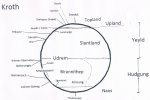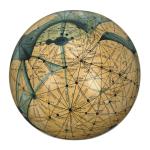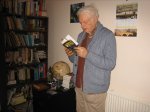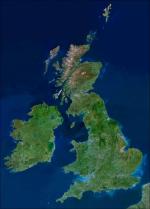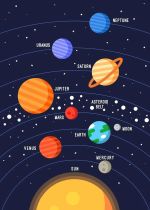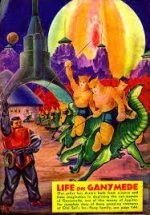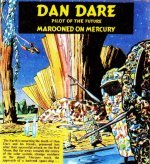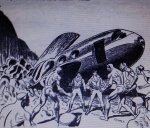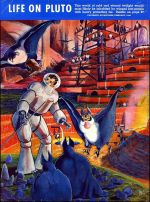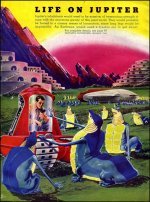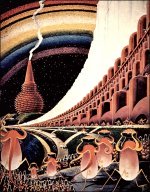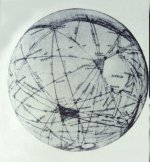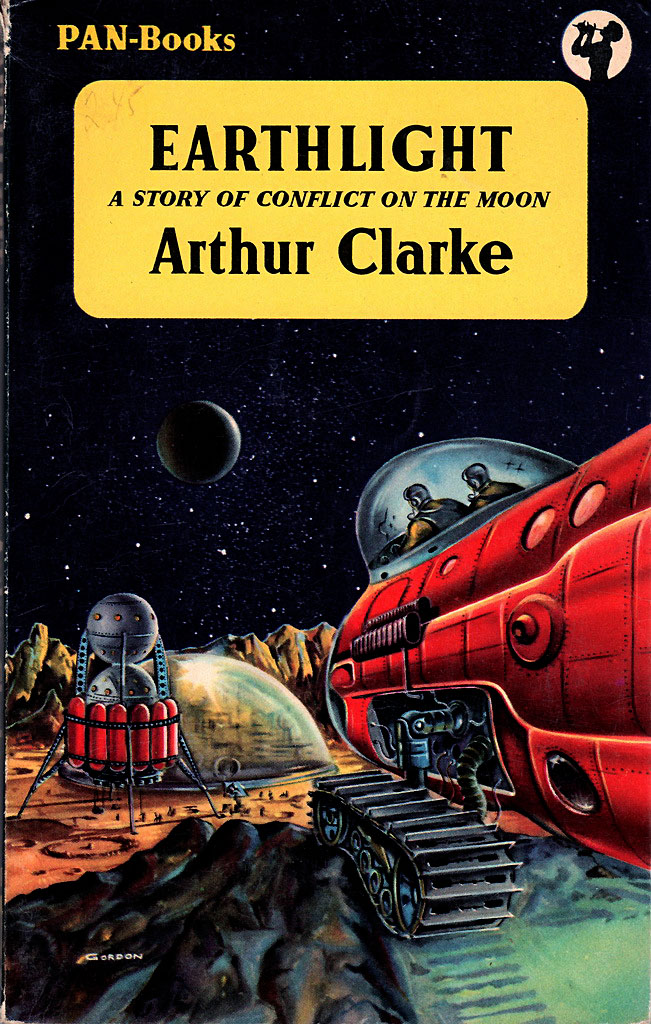a brief history of ooranye
21: the prospectors
[continued from 20: The Praesodymium Spotlight]
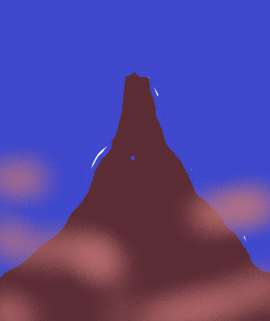
This is not the place to recount the well-known story of Restriprak Zentonan the mountaineer and of how he and his expedition tackled Mount Gnemek. We simply draw the reader’s attention to the fact that it was not mere exploration for exploration’s sake, but an attempt to settle what might be a political question or a question of Syoomean defence, since the rumour existed that the final spire of Mt Gnemek – the part that reached into space – was artificial. That was why the mountain’s nature became linked with a recurrent theme in Ooranye’s long history, namely the near-achievement of space-flight.
It is not surprising that the Uranians were nowhere near as swift as the Terrans to develop astronautics. Ooranye is vast enough to seem almost a universe in itself, more than adequate to satisfy the urge for the ‘beyond’. Yet even with such a huge world to explore, and a relatively sparse population, whose efforts had to be devoted largely to survival, occasionally the idea of travel off-world came to haunt Syoomean civilization. In particular, there was the fear that if one power achieved orbital flight, it might use artificial satellite stations to dominate the world.
Zentonan
used this argument to obtain support for his expedition. The idea was to emerge into space, not by spacecraft but by climbing the peak that reached into space. That would test whether the feat was allowable. Widespread was the suspicion that the achievement would be in some way forbidden. But even those who thought this way agreed that the time had come to try. Perhaps the long energy-dearth of the Praesodymium Era was in some way responsible for this new determination.
Millions of Zentonan's followers piled their expectations on him, in burgeoning collective excitement whereby the extraordinary happenings on his journey punctuated history with a crackle of eomasps causing a rapid succession of no fewer than nine small eras, each of which contributed epically: the Neodymium (1 hour 20 minutes), broadcasting the aim of the voyage; the Promethium (4 days 29 minutes), a struggle of indecisions; the Samarium (1 day 3 hours 47 minutes), finding the way forward; the Europium (2 hours 57 minutes), the capture of Zentonan by tyrants who sought control of the eomasp phenomenon; the Gadolinium (13 minutes), his escape; the Terbium (25 days 19 hours), wandering in underground country; the Dysprosium (1 day 21 hours 51 minutes), the battle in the caves; the Holmium (56 days), his ascent of the mountain; and the Erbium (2 days 1 hour), his long glide down.
After all this it was not surprising that Zentonan was asked to fill the vacancy in the sunnoadex, which had arisen just before the end of Era 59.
The success of his expedition gave a huge impetus to other voyages among the mountain ranges of both Syoom and Fyaym. This is what led the Thulium Era (Era 69: length, 14,025,686 U-days, or 571 U-years, = 48,000 Earth years) to become the golden age of prospecting.
Ell-light deposits in concentrated, crystalline form – far more valuable per unit weight than the stuff extracted agriculturally from vheic – fed wealth back into Syoom. In a few lifetimes, economic conditions had recovered to the level that Syoomeans had enjoyed before the Foam.
And
so the long Uranian years, each a goodly lifetime, rolled on in their hundreds,
accumulating into another of the great eras of Ooranye. We tend immediately to think
“prospectors” when we hear mention of the Thulium Era, but of course this period
contained an enormous wealth of other distinctive features, none of which we have
space here to describe. Nevertheless it is the theme of prospecting which connects
this age to the next wrenching event in Uranian humanity’s story.

